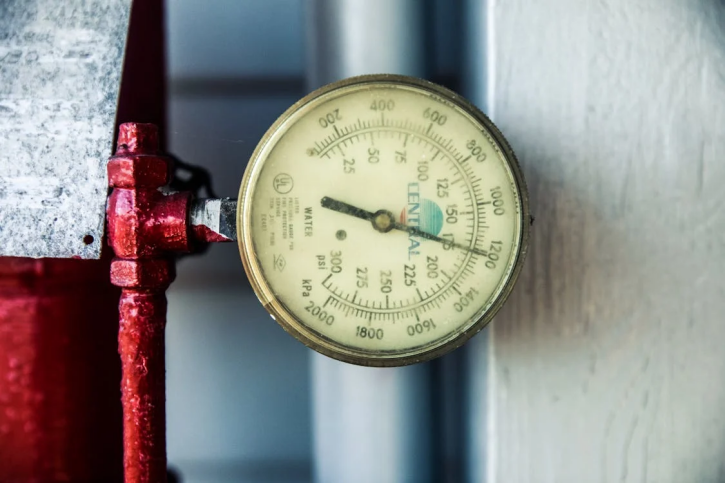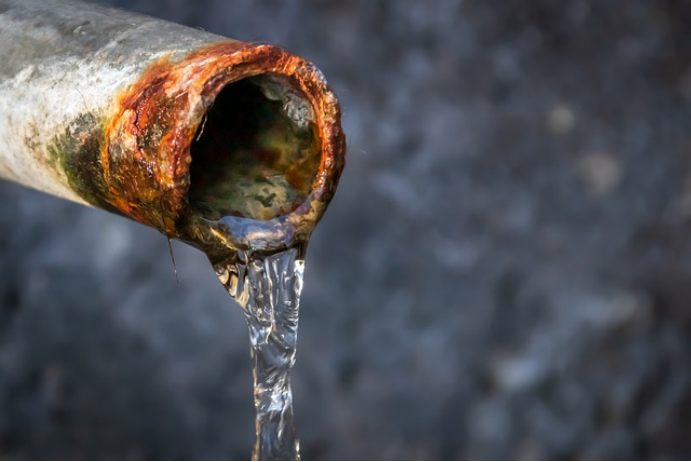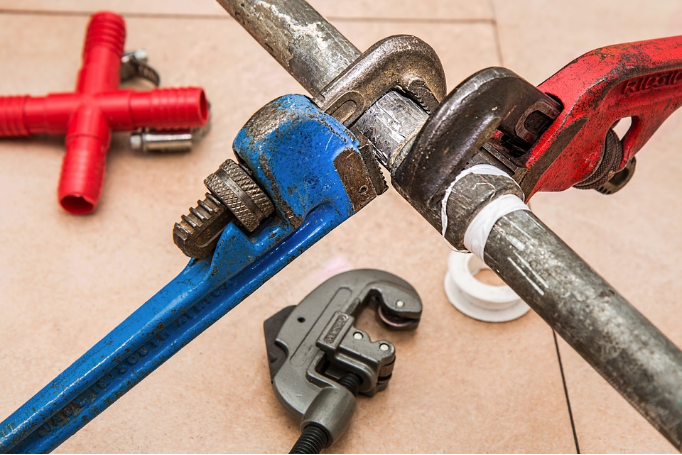How to Fix Low Water Pressure in Your Home: Causes, Solutions, and Expert Advice
Dealing with low water pressure can be incredibly frustrating. Whether you’re trying to rinse dishes or enjoy a relaxing shower, weak water flow can turn simple tasks into chores. The good news? Most causes of low water pressure are fixable once you know what to look for. Let’s break it down step by step.

Why Is My Water Pressure Low? Common Causes
1. Partially Closed Valves
Sometimes, the solution is as simple as checking your valves. Supply valves under sinks or showers can accidentally get turned partway off, restricting water flow. Similarly, the main shutoff valve might not be fully open.
Turn valves counterclockwise to ensure they’re open all the way. If they’re broken or corroded, a plumber can replace them.
2. Clogged Pipes
Over time, pipes—especially in older homes—can get clogged with rust, sediment, or mineral deposits. This buildup narrows the pipes, reducing water flow. For minor clogs, try flushing your pipes with a vinegar solution. For stubborn blockages, you might need a professional to clean or replace the pipes.

3. Leaks in the Plumbing System
Leaks are a sneaky cause of low water pressure. Even a small leak can drain pressure and hike up your water bill. To check for leaks, look at your water meter. If it’s running when no water is being used, you are likely to have a leak. Visible signs include water stains on walls or pooling water around pipes.
4. Clogged Water Heater
If your hot water pressure is low, your water heater might be the culprit. Sediment can build up at the bottom of the tank, blocking water flow.
Flushing the tank annually can help. Also, check the anode rod—if it’s corroded, it might need replacing.
5. Faulty Pressure Regulator
The pressure regulator controls the water pressure entering your home. If it’s malfunctioning, your pressure could be too high or too low. Test it with a pressure gauge (available at hardware stores for around $10). If the reading isn’t between 40–60 psi, the regulator may need adjusting or replacing.
6. Small Water Supply Line
Older homes often have smaller supply lines (like ½-inch pipes) that can’t handle modern water demands. Upgrading to larger pipes (¾-inch) or installing a pressure booster pump can make a big difference.
7. External Factors
Sometimes, the issue is out of your hands. Municipal work, like water main flushing, can temporarily lower pressure across your neighborhood. If this happens, wait it out. Afterward, flush your home’s pipes to clear any de
How to Diagnose Low Water Pressure
Start by figuring out if the problem is isolated or widespread:
Single Fixture? Clean the aerator or showerhead. Soak it in vinegar overnight to dissolve mineral buildup.
Whole House?
1. Check the main shutoff valve to ensure it’s fully open.
2. Test the pressure regulator.
3. Inspect the water meter for leaks.
How to Fix Low Water Pressure
Here’s a more conversational and humanized version of your text while keeping the original structure and meaning intact:

1. Install a Booster Pump
Install a Booster Pump to Improve Water Pressure
If you’re struggling with low water pressure, one of the best solutions is installing a booster pump. These pumps work by increasing the pressure from your main water supply, ensuring a consistent and strong flow to all your taps and appliances.
They’re especially useful in larger homes or properties with multiple bathrooms, where the existing water system might not be keeping up with demand. Getting a booster pump installed can quickly solve the issue, and while it’s a straightforward process, it’s best to have a professional handle it.
Choosing the Right Booster Pump
Picking the right booster pump is key. Some great options include the Salamander Home Boost, which is compact, quiet, and perfect for home use.
The Grundfos SCALA2 is another solid choice, offering smart speed control to save energy. If you’re after something more advanced, the Stuart Turner Flomate is worth considering—it even comes with a built-in break tank, helping you stay compliant with UK water regulations.
Installation costs vary, so it’s always a good idea to consult a plumber to ensure you choose the best pump for your needs. While the process isn’t overly complicated, a professional will make sure everything is done correctly and meets all local regulations.
2. Replace Old or Damaged Pipes
One of the most common reasons for low water pressure is old, clogged, or leaking pipes. Over time, pipes can wear out, leading to blockages or leaks that restrict water flow. If you’ve noticed your water pressure gradually dropping, this could be the culprit. It’s important to tackle the issue early ignoring it could lead to bigger and more expensive plumbing problems down the line.
If your pipes are damaged, replacing them is often the best way to restore proper water pressure. The extent of the damage will determine how urgent the fix is.
Small leaks can often be repaired quickly, but if a pipe is badly corroded or has collapsed, a full replacement may be needed. Costs will depend on factors like pipe size and installation complexity—bigger pipes or more challenging jobs naturally come with higher costs.
From experience, it’s always better to address pipe issues sooner rather than later. While replacing pipes might seem expensive upfront, it’s usually much cheaper than dealing with ongoing repairs or water damage.
A professional plumber can assess the situation and recommend the best course of action. Taking care of leaks early can save you both money and headaches in the long run.
3. Regular Maintenance
One of the simplest ways to prevent low water pressure is regular maintenance. For example, flushing your water heater once a year helps clear out sediment buildup, which can otherwise restrict water flow and reduce heating efficiency. If left unchecked, this buildup can become a bigger issue over time.
Another essential task is replacing whole-house water filters every 3–6 months. These filters trap debris, and if they aren’t changed regularly, they can clog up and reduce water pressure throughout your home.
It’s also a good habit to inspect your plumbing system for signs of wear and tear. A quick check now and then can help you catch small issues before they turn into major problems.
Not only does regular maintenance improve water pressure, but it also extends the lifespan of your plumbing system. Staying on top of these simple steps can save you from future headaches and keep everything running smoothly.
When to Call a Professional
Some issues are best left to the experts. Call a plumber if:
– You can’t locate a leak.
– Pressure drops suddenly with no obvious cause.
– You need to install or repair complex systems (like pressure regulators or main lines).
Final Thoughts
Low water pressure is often a symptom of a bigger issue. Start with simple fixes like cleaning aerators or opening valves. For deeper problems like pipe corrosion or regulator failures, act quickly to avoid costly damage. And remember regular maintenance is your best defense against future pressure problems.
